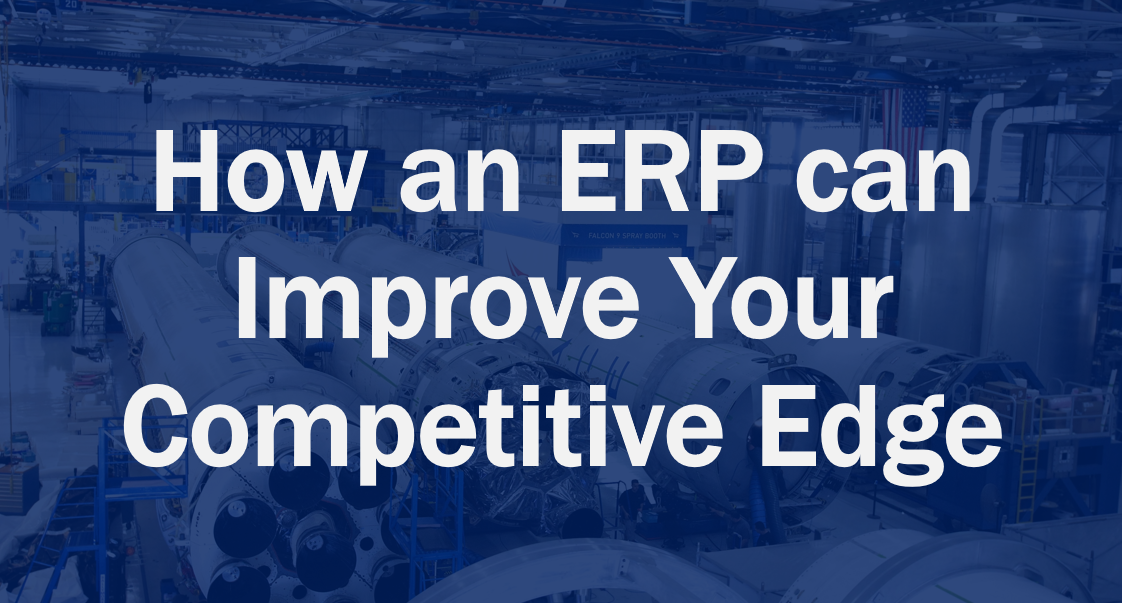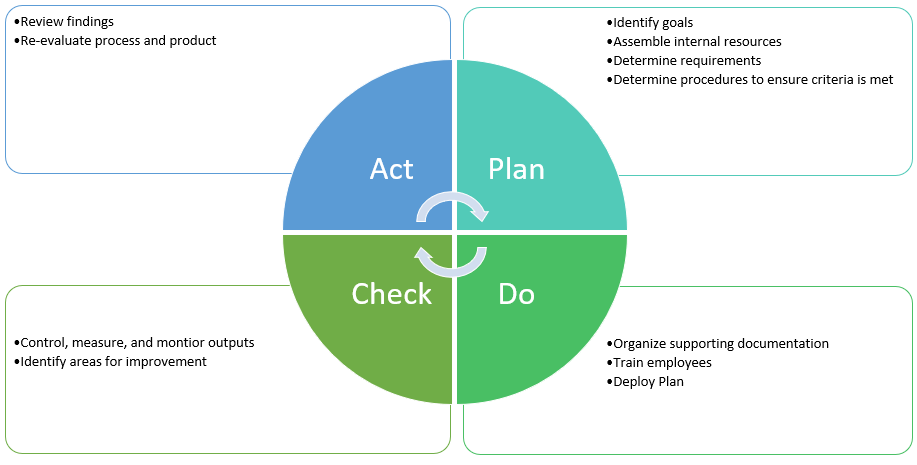
Author: Paul Henriques in: Implementations
A lot of time and words are used up to convince manufacturers of all sizes and stripes to implement ERP systems. There is a large market of ERP systems helping shops improve their bottom line. As a matter of fact, ERP systems are so prevalent the net benefit of adopting it alone is no longer enough. It is a core component of production where the expense of having it is so overshadowed by the ERP benefits it brings that not using one to its full potential places you at a disadvantage.
There are, however, different calibers of ERP and ERP user.
Analyzing why an ERP is better than none, or why the ERP implementation is so important has been studied multiple times. However, until recently no one had researched why some ERP implementations yield more benefits than others.
A recent publication put this question to the test. Instead of looking through the lens of the implementer, the marketer, the IT professional they asked for the perspective of the operations manager.
And what they found it is quite obvious to ERP system manufacturers…
From the publication:
The organizational and operational changes associated with ERP implementations often should be given as much, or more, credit for the potential benefits as the systems themselves.
Basically, when implementing an ERP, take advantage of the capabilities it has to disrupt your day-to-day processes. By mapping out your business processes, you review, refine, or re-build your processes to improve efficiency and staff buy-in.
Benefits at the intra-organizational level are the foundation of benefit enablement at the inter-organizational level.
Analyzing and implementing process changes within each business unit lead to global corporate improvements, including:
It’s How You Use It
Not whether you have an ERP system
Not how much you spent
Not even what type of implementation you ran
Now, how great an improvement is seen on any of these categories has as much to do with your firm and your staff as with the ERP you select. A well implemented and well used ERP uses the above benefits to enable long-term strategic growth within any sector.
The only way you can ensure the value stays in place is by regularly running it through the PDCA cycle.

Figure 1: PDCA Cycle
With regular review and revisions, the competitive advantage brought on by a new ERP keeps building over time to encourage process improvements that lead to better problem solving and better innovation.
Another item that should be considered is if the ERP is right for you. There are a lot of ERP systems out there, so you should be sure to select one that was made for your sector.
One key factor often alluded to within this growing body of literature has been that of “fit” or “alignment,” both strategic and tactical. These studies consistently argue that:
Selecting an ERP built around your industry and sector will help with staff adoption and the future with the ERP, since an ERP from your sector will be built to understand your strategic plan and will likely evolve with current trends and keep you in the lead. Because of the time and cost sunk into an ERP, ensuring the system is a good fit also ensures that any massive costs related to abandoning the project never happen.
Of course, there is more to a successful ERP and the answer is the one thing that makes your firm unique: Your staff.
Resources and capabilities that are valuable, rare, inimitable, non-substitutable, and exploitable are potential sources of competitive advantage and will determine a firm’s long-term strategic performance
After all, if all firms are using an ERP, then not having an ERP is a disadvantage. As you know, competitive advantages in any sector often comes from valuable, unique, or difficult-to-copy items. So, bringing an ERP to an ERP fight just puts you on equal footing since the globe is becoming smoother, with cheaper shipping and internet everything.
Here, staff buy-in and usage maximization of your ERP system is what will net you the greatest of advantages
Valuable resources are those that enable an organization to exploit opportunities or neutralize threats. For example, information technologies that allow a firm to effectively manage a build-to-order manufacturing system or to reduce its cycle time for product development would be considered valuable.
In a fluid market sector, all valuable items that can be replicated by process adoption, will be replicated. For example, something as common a shop wide intranet that connects all the tools and staff together is so valuable as to become a basic, and as such common, business tool. The rarest of resources to any firm are their staff. Your staff are usually what will develop processes that are wholly dependent on your firm and difficult to replicate. Things like:
Intangible resources such as social capital, intellectual capital, and organizational routines and capabilities have particular competitive and strategic importance.
Another advantage that companies forget when implementing an ERP is the internal firm knowledge. While your staff are a unique advantage, all firms must be setup in a way that no one piece is irreplaceable. This means that the knowledge of the many facets of your firm should be easily transmissible and easy to put into action by new hires and old hands.This knowledge capital has to be taken into account when implementing an ERP system so that the knowledge base can be transformed into a competitive advantage.
ERP advocates argue that enterprise systems are substantial, competitive assets on their own because of the benefits of seamless functional integration, coupled with the ability to enable firms to more effectively leverage their other key resources
These competitive benefits are best unlocked when the ERP system implementation in itself leads to a cultural shift towards the ERP usage. By properly mapping and implementing the ERP, you show the shop-wide interdependencies that allow you to better understand all the little actions that make up your day-to-day. It also lays bare for your staff how much other teams depend on them and will start breaking down knowledge silos. This leads to the ERP being the process mapping central for your firm that will help on the road to continuous improvement and innovation.
By also using the ERP to facilitate change, build cross-team relationships, and be the firm knowledge hub, the competitive advantage of the ERP implementation is quickly made apparent and maintained over the longer term
ERP systems cannot by themselves provide a sustained competitive advantage. The implementation must be made as a core process to the firm that leads to a cultural shift to lead to the greatest long-term competitive benefit.
Without an accompanying investment in behavioral and culture change, ERP tends to augment the more rigid aspects of organizational activity (planning and control) and inhibit the more flexible aspects of organizational activity (learning and innovation).
An ERP implementation is only as good as the staff. Your inimitable resource is your people. For an ERP to be successfully implemented, your staff must buy-in and believe that the product will be of the most benefit for them and you and use it accordingly.
For an ERP to be effective over time, it must also be able to keep and generate knowledge that the firm can action. This is what leads to better business, more innovation, and more interactive teams.
Abdinnour-Helm, Sue & Lengnick-Hall, Cynthia (2021) Strategy as a Critical Factor in Applied ERP Success, part of Auditing the System in Use

Please REACH OUT for more information about how OnRamp Manufacturing ERP software can add value to your business.
Start the collaboration with us to define the best solution based on your needs.